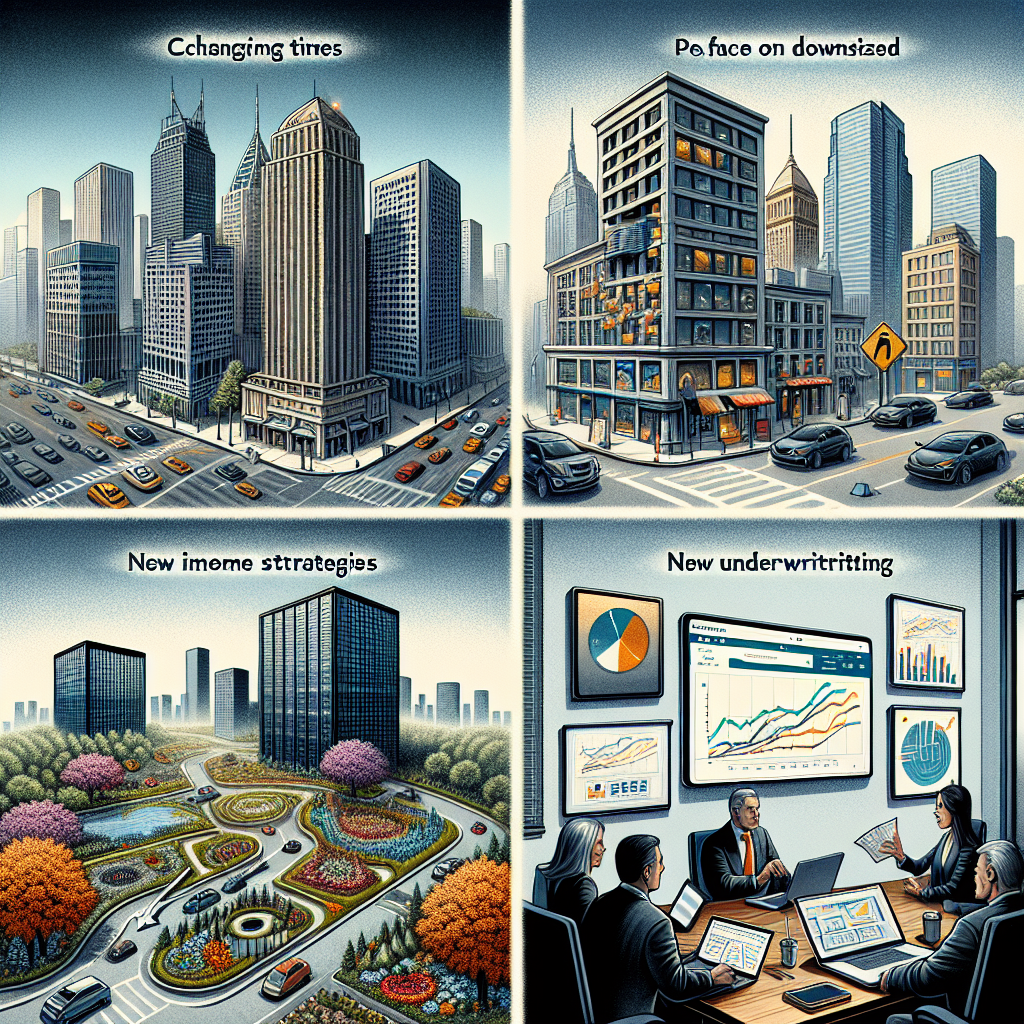Commercial lending has encountered a shift over the past few days, especially in the realm of office real estate loans. As businesses continue to adapt to remote and hybrid work models, the demand for traditional office spaces has changed dramatically.
In particular, metropolitan areas are witnessing fluctuating interest rates in office real estate, causing businesses and investors to strategize and reconsider their positions. One prominent example involves a major firm deciding to downsize its office space significantly in Manhattan. This decision was driven by the evolving work culture, where productivity is increasingly measured in output rather than hours spent in a physical office.
The ripple effects of these changes are being felt across the commercial lending industry. Lenders are now tasked with evaluating risks associated with office spaces that may no longer offer the same return on investment. On one hand, prime real estate areas are experiencing a slow but visible drop in demand, while suburban office parks are seeing a tentative revival with companies opting for smaller, satellite offices to cater to employees who prefer minimizing commute times.
Interestingly, according to experts from KPMG, commercial lenders need to adopt a more flexible and adaptive underwriting approach. This involves being more attentive to the business models of the firms they are lending to, as well as taking into consideration the long-term viability of the office real estate asset. Data analytics and trend forecasting tools are increasingly integral in making prudent lending decisions that align with the changing landscape.
This evolving scenario presents both challenges and opportunities for stakeholders in the commercial lending space. Those who can pivot quickly and harness these changes can potentially unlock new opportunities for growth. For instance, innovative lease solutions and customizable lending options could position lenders as problem-solvers for businesses looking to navigate this uncertain terrain.
To stay abreast of these trends, maintaining engagement with reliable industrial sources and market reports is crucial. Monitoring the urban real estate transition closely will allow commercial lenders to anticipate significant shifts and adapt their strategies effectively.
-
 Navigating the Complex Landscape of Commercial Lending: Recent Trends and Insights Explore recent trends and insights in commercial lending, including increased demand, sustainability focus, and digital transformation impacting lenders and borrowers in the current market.
Navigating the Complex Landscape of Commercial Lending: Recent Trends and Insights Explore recent trends and insights in commercial lending, including increased demand, sustainability focus, and digital transformation impacting lenders and borrowers in the current market.
Estimated reading time: 1 minute, 48 seconds
Commercial Lending: Navigating the New Landscape of Office Real Estate Loans Featured
MOST READ STORIES
Fast,Easy & Free

 Commercial lending faces a new landscape with significant shifts in office real estate loans as remote work trends transform space demands and interest rates adjust.
Commercial lending faces a new landscape with significant shifts in office real estate loans as remote work trends transform space demands and interest rates adjust.







